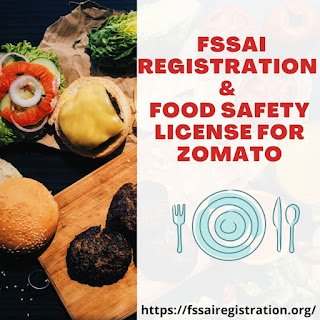Master the Art of Speed Writing: Boost Creativity and Productivity Effortlessly
Whether you’re a blogger, student, entrepreneur, or content creator, learning the art of speed writing can completely change how you approach writing tasks. It’s not about rushing through words — it’s about writing smarter, staying focused, and maintaining consistency. By mastering speed writing techniques, you can boost your creativity, confidence, and efficiency, no matter your age or writing goal. Let’s explore how to incorporate speed writing courses for kids and adults alike into your daily routine.
What Is Speed Writing?
Speed writing is a structured approach that focuses on writing continuously and freely without frequent pauses for editing. The main idea is to capture your thoughts as they flow and refine them later. Instead of stopping to perfect each line, you prioritize progress — getting your ideas onto the page quickly.
It’s ideal for brainstorming, drafting blog posts, journaling, storytelling, or tackling everyday writing tasks efficiently.
Why Incorporate Speed Writing into Your Routine?
Enhances Productivity: Helps you produce more content in less time.
Sparks Creativity: Encourages free thinking, often leading to fresh and innovative ideas.
Improves Focus: Timed sessions minimize distractions and help you stay on task.
Simplifies Drafting: Creates a strong first draft that reduces procrastination.
Beats Writer’s Block: The fast pace keeps ideas flowing and prevents mental roadblocks.
Proven Speed Writing Strategies You Can Try
1. Pomodoro Technique
Work in 25-minute focused bursts, followed by short breaks. This approach maintains concentration and prevents burnout.
2. Outline Before You Write
Before you begin, jot down a simple structure or key points. This roadmap helps your thoughts flow logically while writing quickly.
3. Set Time or Word Goals
Challenge yourself — for example, “Write 800 words in 20 minutes.” Setting measurable goals builds consistency and momentum.
4. Use Writing Prompts
Prompts can instantly spark ideas when you feel stuck, keeping the writing process engaging and fluid.
5. Silence Your Inner Editor
Resist the urge to correct mistakes while writing. Focus on expression first — editing always comes later.
6. Embrace Digital Tools
Use apps like Google Docs (voice typing), distraction-free editors, or timers to stay focused and organized during writing sessions.
7. Warm Up with Freewriting
Start your day with 5–10 minutes of unstructured writing. It helps clear mental clutter and energizes your creativity.
How Speed Writing Benefits Different Writers
Content Creators: Batch create blogs, captions, or outlines to increase weekly output.
Students: Quickly draft essays or assignments before refining citations and grammar.
Entrepreneurs: Write proposals, reports, or marketing emails efficiently using time blocks.
Novelists & Storytellers: Break through creative blocks by drafting storylines or dialogues rapidly.
Note:- Take the BeyondTechings Franchise and start your own Handwriting classes now.
Conclusion
Speed writing isn’t careless — it’s confident. It’s about moving past perfectionism and trusting your creative process. With consistent practice, speed writing transforms writing from a stressful task into an enjoyable, empowering experience.
If you often struggle with a blank page or slow progress, adopting these methods can be a true game-changer. Experiment with these strategies, refine your personal rhythm, and watch your writing speed, focus, and creativity soar.
.jpg)

Comments
Post a Comment